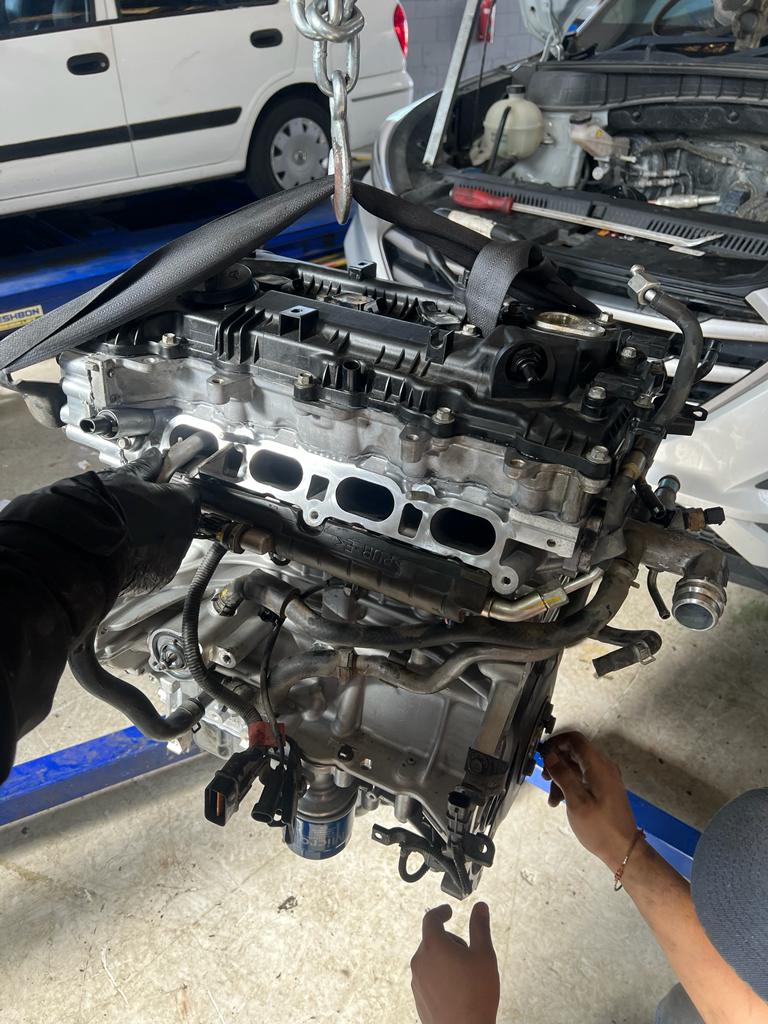It is the Hyundai Tucson, which is a well-known small SUV, is notable for its blend of style, performance, and worth. The main reason for its popularity is its engine, which plays an essential role in its driving experience. Understanding what Hyundai Tucson’s engine options can help potential customers make an educated decision.
Engine Options and Performance
The Hyundai Tucson Engine offers several options for engines, based on the model year and trim level. With the latest models the Tucson provides three primary engine options:
2.5-Liter Inline-4 Engine: This is the standard engine used in the majority of models. It has a power output of the 187 horsepower mark and 178 lb-ft of torque. This engine is able to strike the right balance between efficiency and power, making it suitable for both daily use and highway cruises. It is equipped with direct fuel injection, enhancing both performance and the efficiency of your fuel.
1.6-Liter turbocharged inline-4 engine: Available on higher trims as well as hybrid versions, the engine produces about 180 horsepower, and around 195 lb-ft of torque. Turbocharged technology provides better performance and increased torque for better acceleration. This engine is coupled with the 7-speed dual-clutch auto transmission that delivers swift and smooth shifts.
Hybrid and Plug-in Hybrid Powertrains: The Tucson has Hybrid and Plug-in variants. The standard hybrid is a 1.6-liter turbocharged engine and an electric motor that produces a combined output of around 226 horsepower. This powertrain prioritizes the efficiency of fuel without sacrificing performance. The plug-in hybrid model comes with a larger battery and an all-electric driving range providing a green alternative that is able to adapt to hybrid efficiency.
Fuel Efficiency and Economy
Fuel efficiency varies depending on the engine choice and the driving conditions. The typical 2.5-liter engine is typically able to achieve around 25-30 mpg in a combined mode, based on whether it is paired with front-wheel drive (FWD) or all-wheel drive (AWD). A turbocharged 1.6-liter engine and hybrid versions offer better efficiency as well as hybrid models that can achieve 37 mpg in the combined mode, making it an excellent choice for those who prioritize saving on fuel.
Transmission and Handling
The Hyundai Tucson’s engines are paired with either an eight-speed automatic transmission or a dual-clutch 7-speed automatic, depending on the engine. The 8-speed auto provides seamless driving and responsive gear shifts, and the dual-clutch system in the turbocharged model improves the acceleration and driving experience.
Conclusion
In the end in the end, it is clear that the Hyundai Tucson’s engine lineup caters to a range of drivers’ preferences, from the efficient as well as reliable 2.5-liter inline-4, to the more spirited and fuel-efficient hybrids. Knowing the various engine options can help prospective buyers choose the Tucson that best fits their driving needs and preferences. If you’re looking for a powerful performance and a high fuel efficiency, or advanced hybrid technology, the Tucson offers compelling options in the segment of compact SUVs.


